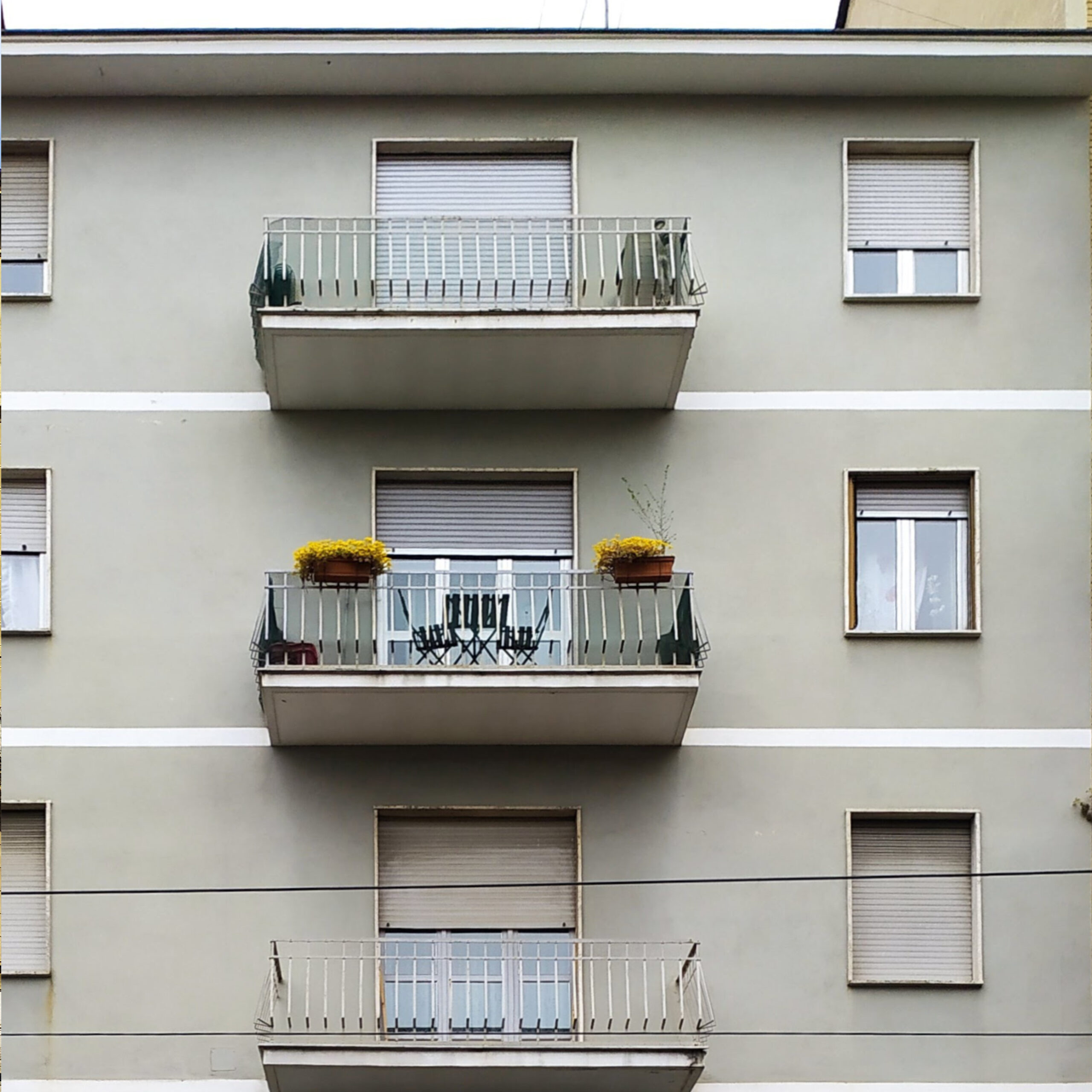Scopri l’immobile
Alloggio posizionato al quarto piano composto da ingresso, cucina abitabile, bagno e due camere, con cantina al piano seminterrato.
L’alloggio è stato oggetto di interventi di manutenzione leggera come adeguamento impianti; tinteggiatura e pulizia professionale.
– 4° piano: trilocale
– superficie catastale: 65 mq
– cantine annesse
– cortile interno
Scopri Madonna di Campagna
Madonna di Campagna è un quartiere della periferia nord-ovest di Torino che nasce come borgata rurale. Questa ebbe il suo maggiore sviluppo verso fine ottocento con l’apertura della strada e della ferrovia verso Pianezza e Venaria Reale. Si svilupparono poi nuove attività industriali a partire da quelle tessili fino ad acciaierie e fabbriche dell’indotto, dando un nuovo impulso al quartiere che ancora oggi si presenta come ricco di servizi.
Madonna di Campagna negli ultimi decenni è stata oggetto di diverse opere di riassetto viario. È stata infatti abbattuta una sopraelevazione carrabile che rappresentava un elemento di frattura per il quartiere, sostituita poi con un sottopasso. Inoltre, è in agenda il collegamento della linea ferroviaria metropolitana Torino – Ceres con il passante ferroviario di Porta Susa. Ciò risulta un elemento fondamentale per la rivitalizzazione del quartiere: si abbatteranno così drasticamente i tempi di percorrenza verso il centro con mezzi pubblici e verrà garantita una migliore connessione con l’aeroporto dall’altro lato.
Questi interventi rendono il quartiere appetibile per nuovi target tra cui studenti e lavoratori sia pendolari che afferenti alla filiera dell’aeroporto Torino Caselle.





